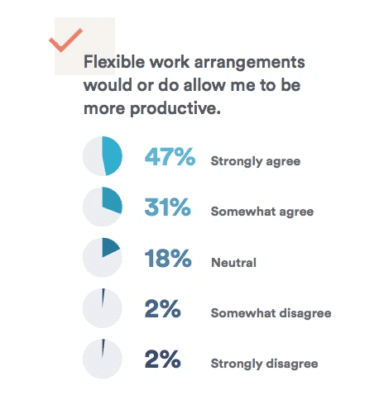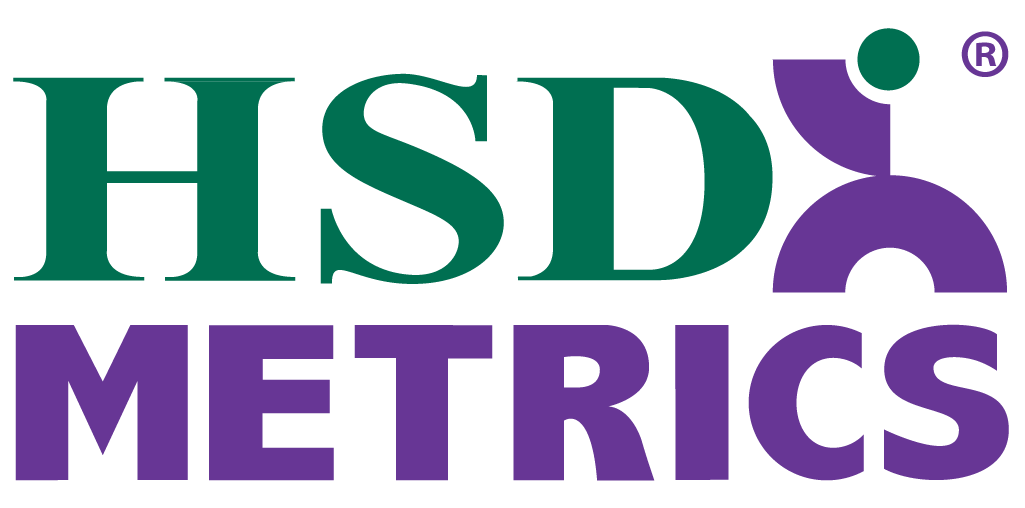More than ever, remote and flexible work arrangements have become a trend in the U.S. as employees were forced to retreat to their homes as the COVID-19 pandemic swept across the world, destroying life as we knew it, more than a year ago. Employees have fully adjusted to their new normal work-lives and continue to crave a significant work/life balance. This has made flexible work arrangements (FWAs) – arrangements that may become a permanent part of the employee experience in the future. a near necessity. Employees who were once working completely from home are now being asked to transition back to their original office setting. Some are being asked to come back against their will for their entire workday, and they aren’t happy about it.
A recent research study by Microsoft, the 2021 Work Trend Index, showed that 41% of the workforce is considering leaving their employer this year – which experts have dubbed, The Great Resignation. In order to combat The Great Resignation, and to better cater to the needs of their employees, many companies have not only adopted ongoing remote working policies but also FWAs, which include flexibility in the timeframe that work can take place, flexibility in the number of hours worked, and flexibility in the location of work.
A Lot To Gain, Little To Lose
Flexible arrangements can encompass a wide range of initiatives tailored to achieve individual flexibility. The value of these arrangements for both the employee and employer cannot be overstated. According to Zenefits’ 7 Big Statistics About the State of Flexible Work Arrangements, 78% of employees said flexible work arrangements made them more productive, 73% of employees said flexible work arrangements increased their satisfaction at work, and 77% of employees consider flexible work arrangements a major consideration when evaluating future job opportunities.

Image from Zenefits
For employees, FWAs allow them to attend to personal needs, reduce stress, improve mental health, provide a sense of control and empowerment, and lead to a generally happier employee population. Employers will see an increase in attraction and retention, greater productivity and engagement, better work coverage, lower absenteeism, and a reputation for helping integrate employees’ work and personal life. The cost is minimal, but the benefits are tremendous.
It takes time and commitment to successfully implement workplace flexibility. It works best in an open, honest, supportive work environment where respect, trust, and personal accountability are the foundation. When done well, workplace flexibility can be a “win-win” for everyone.
Flexible Work Arrangement Types
Flextime
A system of working a set number of hours, but with the start and end times varying from traditional office hours. (Instead of working 8:00 am – 5:00 pm, an employee may work 9:00 am – 6:00 pm.)
Core hours
A system of working during specified core hours (e.g. 10:00 am – 3:00 pm) but with flexibility in the starting and ending times.
Compressed workweek
A work schedule that enables employees to work full-time in fewer than five days (local overtime laws should be reviewed prior to implementation):
- 4-day workweek – Four 10-hour days
- 3-day workweek – Three 12-hour days
- 4 ½ day workweek – Four 9-hour days and one 4-hour day
9-day biweekly
Working 80 hours in 9 workdays.
Telecommuting
The practice of employees working from an independent location on a full-time basis or some part of the workweek.
Job sharing
An arrangement where two employees work part-time to perform a job normally fulfilled by one full-time person
Implementation
When implementing a flexible work arrangement, it is important to establish clear guidelines and expectations upfront, We suggest using our StayRight solution to capture input from various workgroups on flexible work arrangements. Our StayRight portal will allow you to analyze feedback so that you can decide on the flexible work arrangements that would best benefit your workforce. For more information on our budget-friendly tool, feel free to contact us.



